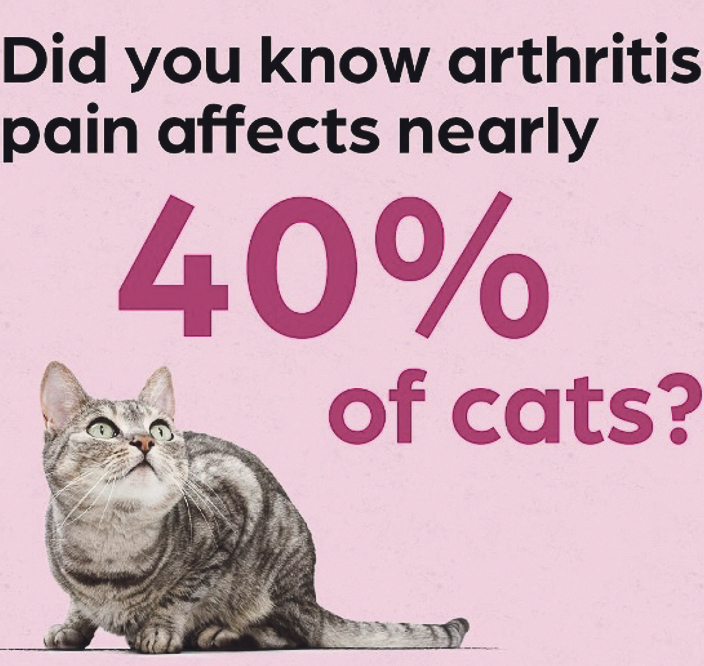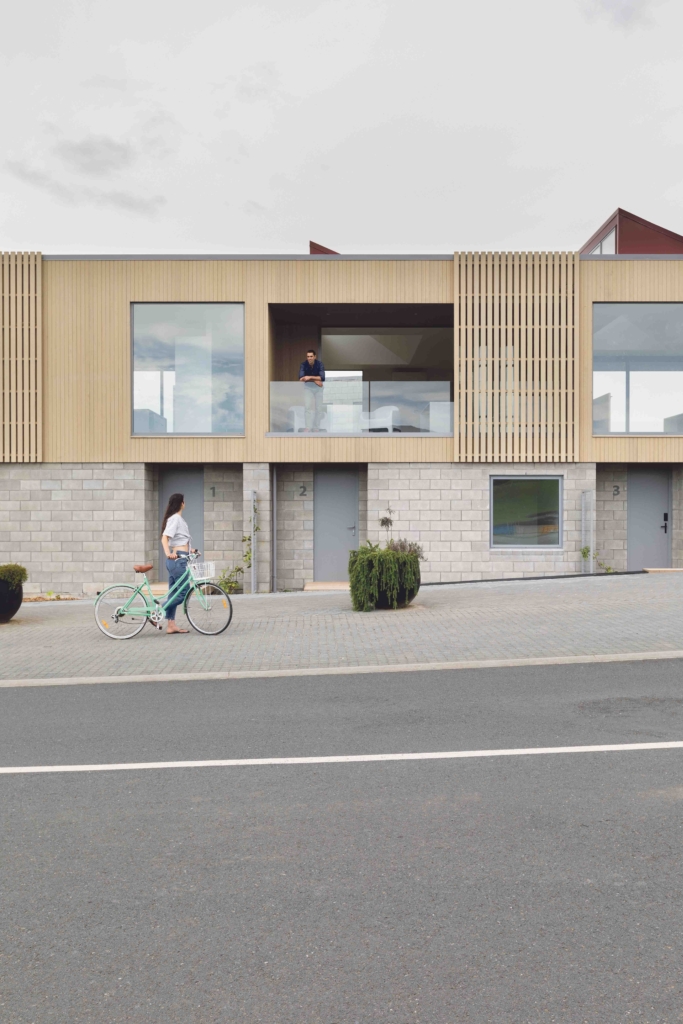What is DJD/Osteoarthritis?
Osteoarthritis condition (more correctly known as Degenerative Joint Disease or DJD, for short) and commonly referred to as arthritis can impact on animals of all sizes, species and age; whilst it is more frequently seen in elderly animals it can be present as a result of ligament or bone trauma, hereditary diseases and breed size (large or giant breeds).
While all species of animals may be affected by arthritis, the dog commonly shows the most obvious signs where cats mask their pain (sneakier at hiding their signs of arthritis)
General signs to look out for:
Not wanting to exercise or play.
Difficulty getting up – especially after rest.
Difficulty jumping into the car, climbing stairs, etc.
Limping, stiffness or short steps when walking.
Change in character, behaviour or temperament, or sleeping more than usual.
Excessive licking of one area.
Subtle signs to look out for:
Using “stepping stones” to get to places – to get onto the bench, they will now jump onto a chair, then the bench.
Lack of grooming, as it hurts to bend around to clean.
More reactive to pats, no longer enjoying being stroked along the spine, or over the hips – may even attempt to bite.
How can you determine your pet has DJD/Osteoarthritis?
If you are concerned that your pet may have arthritis, you will need to make an appointment with your Anexa Vet. Your Vet will perform a complete physical examination including assessing the mobility and discomfort in your pet’s joints. Sometimes, for accurate diagnosis of arthritis, an animal will require x-rays.
Your pet may also need blood and urine testing as part of a complete clinical examination to determine if other underlying health issues will alter the treatment regime for the arthritis.
Once a diagnosis of DJD is made the Vet will advise you on treatment options ranging from surgery to pain relief management.
Beransa (dogs) and Solensia (cats) are the newest treatment options available to your pets and have shown excellent safety and efficacy for managing chronic arthritis pain.
The monthly injection is an antibody treatment that targets inflammation and pain at the source, not just masking the pain. Please ask your Vet if this is a suitable treatment option.
Changes that you can also make at home include:
A raised soft bed, placed out of draughts, rain and wind.
Reducing the animal’s weight if overweight and maintain a healthy weight – there are specifically formulated veterinary foods to help achieve this.
Keep the exercise level sensible. Arthritic joints need to be kept mobile but excessive hard exercise can inflame the situation (dogs).
Add ramps, steps, and “stepping stones” around the house to minimise jumping from heights.
Massage: ask your Vet for easy at home massage techniques for passive joint exercises, to promote blood flow and aid in the reduction of swelling/inflammation.
DJD/Osteoarthritis has such an impact on the quality of life for your pet, it is important that you have your pet checked out if you suspect a problem; animals can be very good at hiding pain. For further information or advice, please contact your local Anexa Vet.











